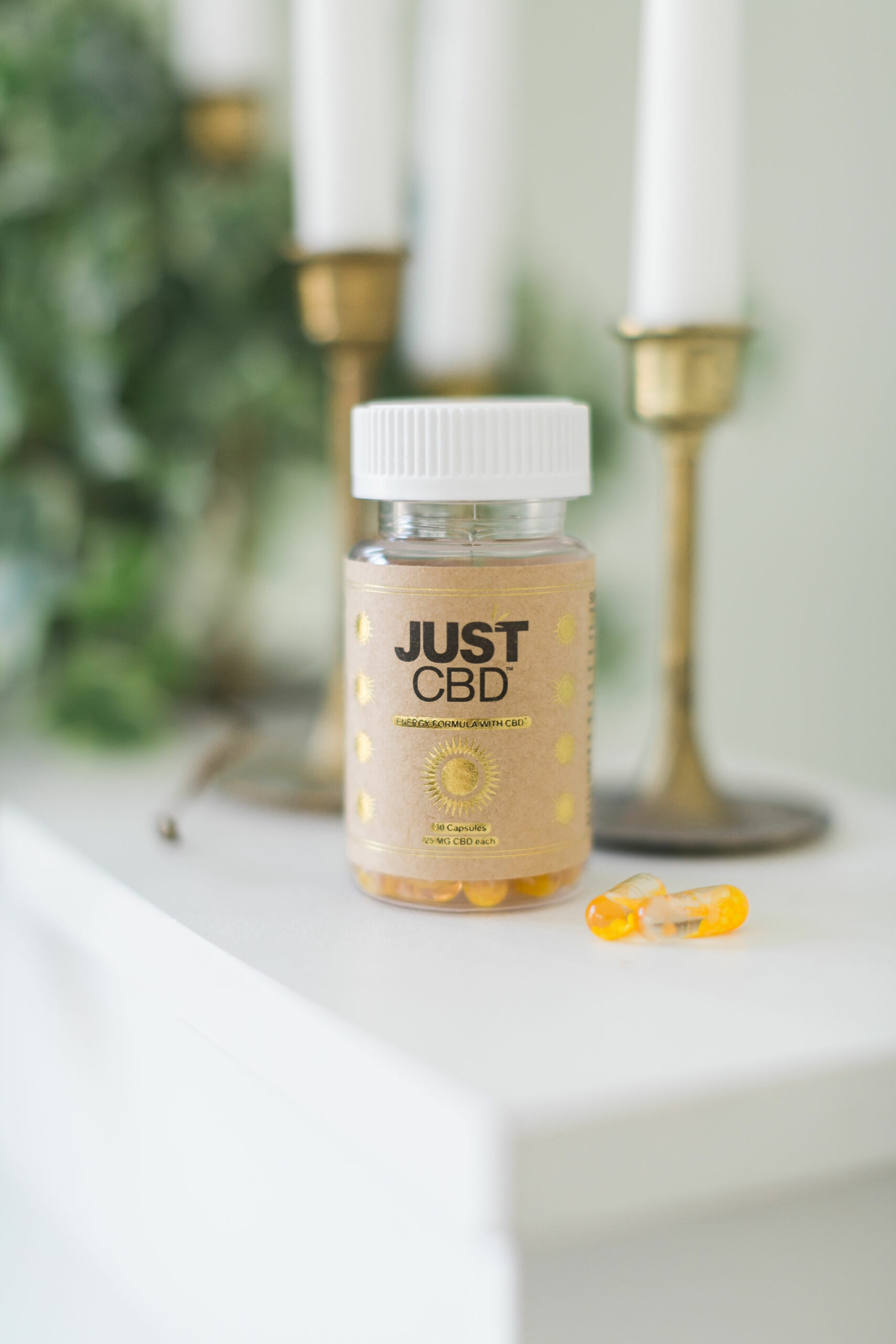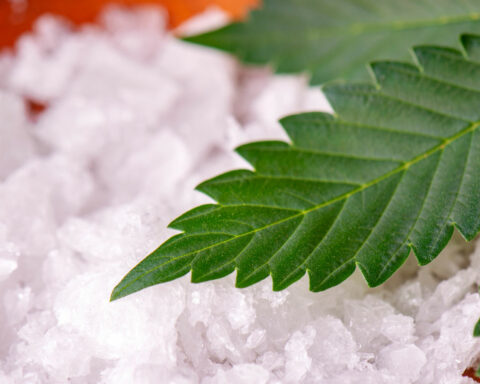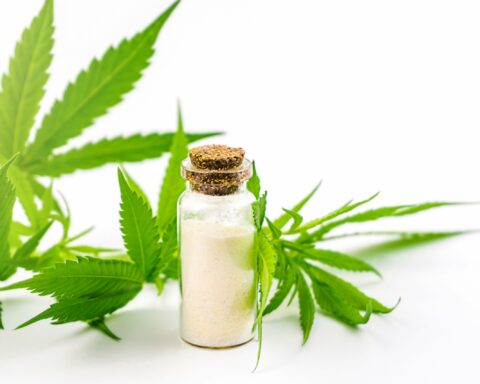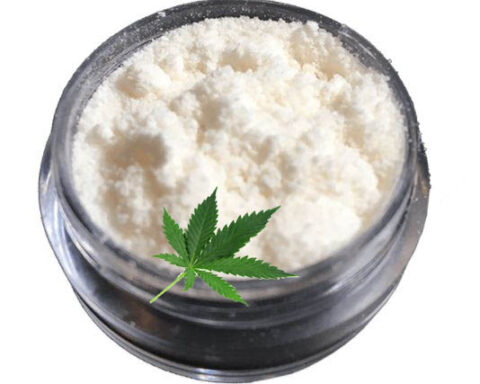CBD products keep gaining fame due to their unique benefits. They are manufactured using organic hemp extracts grown in different parts of the USA. Some regions producing the best hemp include Colorado, Oregon, and Kentucky. The hemp plant has various useful elements, such as cannabidiol (CBD) and tetrahydrocannabinol (THC). Other elements include terpenes and flavonoids. There are three types of CBD; full-spectrum, broad-spectrum and isolate. There are three spectrums and are distinguished using the elements available in each. Broad-spectrum and isolate are highly preferred because they are void of THC, associated with intoxicating effects.
Broad Spectrum CBD
Broad-spectrum CBD is the second dominant type of CBD after the full spectrum. It has all the elements found in the hemp plant except THC. The elements include terpenes, flavonoids, and CBD. Most companies prefer using CO2 to extract THC from the hemp plant and remain with other useful elements used to manufacture broad-spectrum CBD products. After extraction, the products are assessed to ensure they are void of harmful contaminants. According to CBD experts, broad-spectrum CBD is highly preferred because it offers an entourage effect. The entourage effect is the ability of various elements to work together to offer more benefits than one. The role of each element found in broad-spectrum CBD includes:
Terpenes
Terpenes are the third most dominant element found in the hemp plant after CBD and THC. The plant contains about 150 terpenes, playing different roles. Some of the common terpenes found in the plant include myrcene, humulene, pinene, limonene, linalool, and caryophyllene. Terpenes are believed to affect the main cannabinoids of the user’s body. Also, they are believed to improve inflammation by regulating excess production of hormones in the body. Whenever they are used alongside CBD, they offer more effectiveness. Also, they are believed to have antibacterial properties making them suitable for body protection.
CBD
It is the most dominant element found in the hemp plant. Broad-spectrum has considerable amounts of CBD working handy with other organic elements to offer the body various benefits. According to Busrtein, S. (2015), it has anti-inflammatory properties that make it suitable for hormone regulation in the body. However, CBD has some side effects, especially if taken in excess. For a novice, it is recommended to take a considerable amount of 50 mg of CBD. Also, veterans are taking considerable amounts that won’t harm their bodies. Some of the common side effects of taking too much CBD include anxiety and poor memory. Although there is no dosage for CBD, users should be keen on how the body reacts. Also, broad-spectrum CBD users are recommended to talk to medical experts before using products such as tinctures and gummies. Out of CBD products, tinctures are likely to expose you to high doses because you have to measure the right amounts. Gummies and capsules have been infused with a specific amount of CBD, suitable for the correct dosage.
Flavonoid
Flavonoids are also useful elements found in the hemp plant. However, unlike other elements, it is also found in other plants such as vegetables, fruits, and greens. Taking flavonoids boosts the body’s immunity and regulates inflammation. Flavonoids are suitable for improving the entourage effect because they are believed to serve almost a similar purpose as terpenes. Unlike CBD, which exposes you to health threats when taken in excess, using too many terpenes and flavonoids is not harmful to the users.
Besides the major elements of broad-spectrum CBD, people prefer using broad-spectrum CBD due to the absence of THC. It is the second most dominant element found in the hemp plant after CBD. It is associated with various side effects such as addiction and getting high. Therefore, broad-spectrum CBD will offer you the same effect as the full spectrum without exposing you to THC. However, the Food and Drugs Administration (FDA) limits the THC levels found in CBD products to 0.3% for consumer protection. Therefore, all CBD products exceeding 0.3% are regarded as illegal. The question of whether broad-spectrum CBD is completely void of THC is yet to be settled. It is the second most dominant element found in the hemp plant, making it difficult to remove it completely.
Isolate
Isolate CBD is also unique from the broad-spectrum and full spectrum. It is manufactured using pure CBD. It is void of terpenes, flavonoids, and THC. Isolate is recommended to people wishing to gain various wellness benefits of CBD only, such as getting adequate sleep. However, isolate CBD exposes you to high concentrations of CBD. This is because, during extraction, manufacturers only intend to pull out pure CBD and leave out other elements, which results in high levels. Therefore, users, especially novices, are recommended to take low concentrations of CBD because it might result in anxiety, red eyes, and poor appetite, among others.
Full-spectrum CBD
Full-spectrum CBD is the most popular in the CBD market. It is manufactured with all the elements found in the hemp plant. It contains CBD, THC, terpenes, and flavonoids. Although it offers an entourage effect making it more suitable since it has more elements than broad-spectrum and isolate, the extra elements (THC) have intoxicating effects. However, it is the most recommended for the entourage effect. If you are going for full-spectrum CBD, always check on the concentrations to avoid taking too much THC.
Conclusion
Broad-spectrum and isolate CBD is regarded as the best since they will help you enjoy all the benefits of the hemp plant without being exposed to THC. If you wish to benefit from the entourage effect; broad-spectrum is the best since it has all the elements of the hemp plant except terpenes. Besides, isolate CBD is best for those who wish to enjoy the benefits of CBD only. However, both have side effects. Taking too much CBD can result in anxiety, poor appetite, and change in weight, among other side effects. Therefore, it is important to watch how much CBD you are taking. Isolate CBD will expose you to high concentrations.
Reference
Burstein, S. (2015). Cannabidiol (CBD) and Its Analogs: A Review of Their Effects On Inflammation. Bioorganic & Medicinal Chemistry, 23(7), 1377-1385.
- Eye Spy: Worldwide Eye Color Percentages - April 19, 2024
- Elevate Energy, Soothe Stress, And Peak Performance with The New UNBEETABREW Coffee Sensation - September 21, 2023
- Chef Bob’s Coffee: A Journey Fueled by Passion - July 29, 2023









